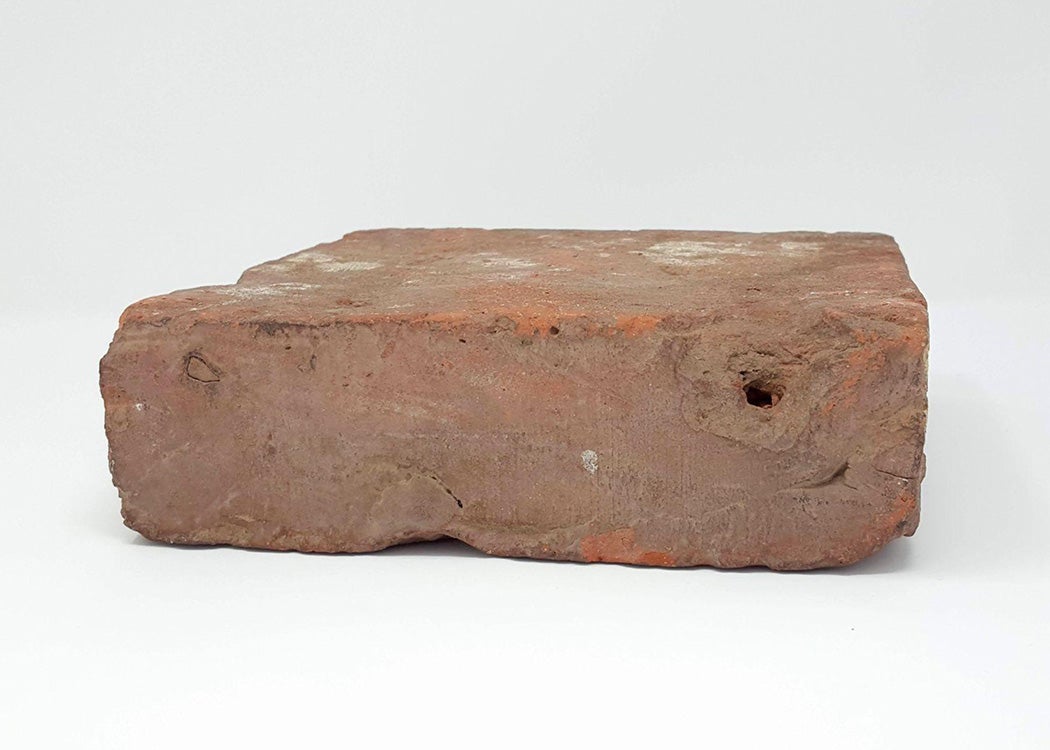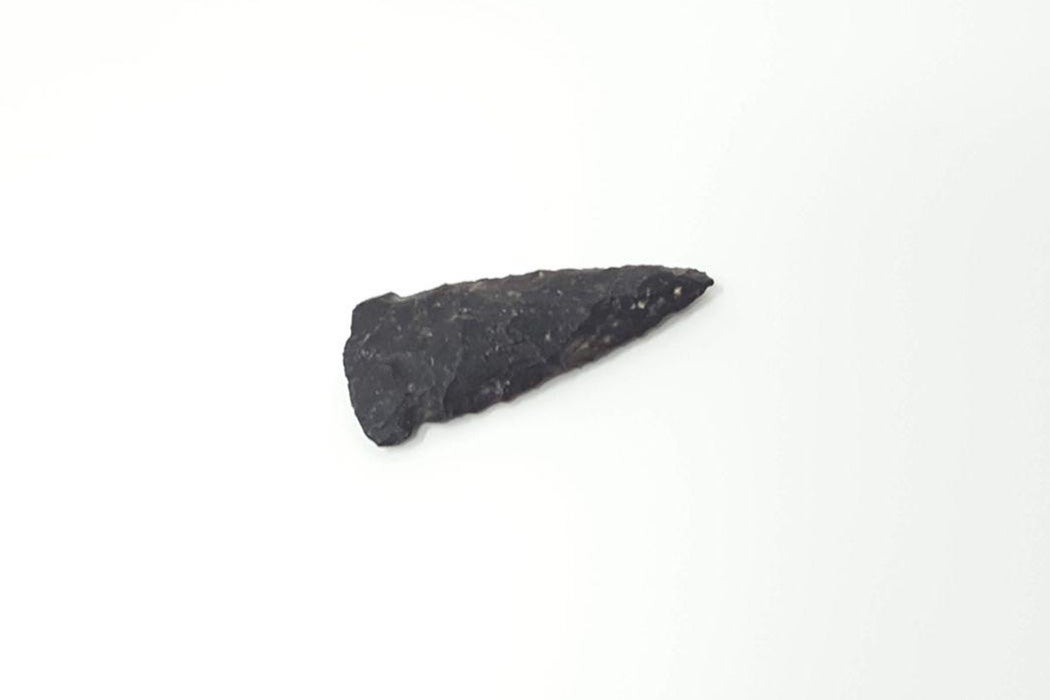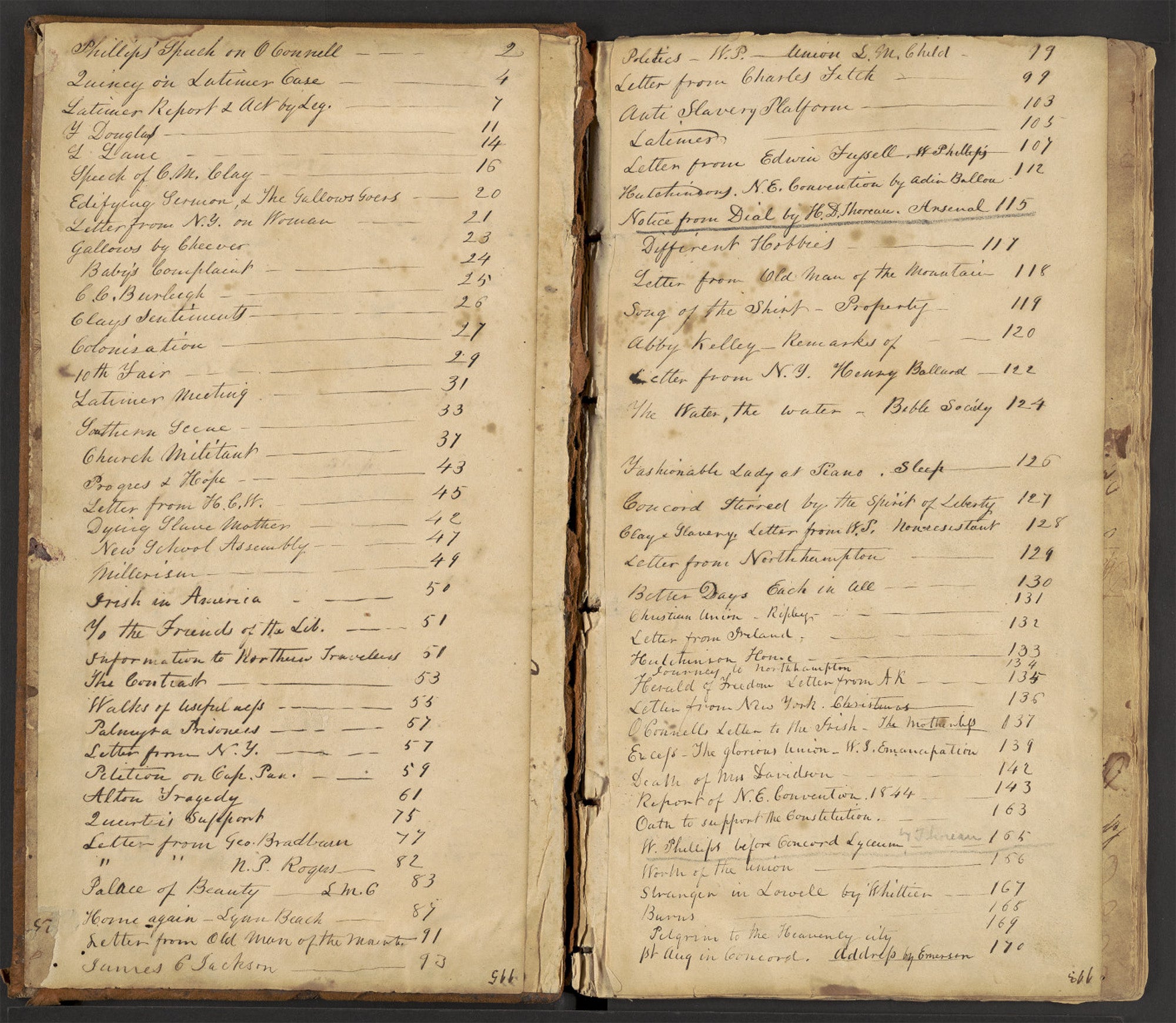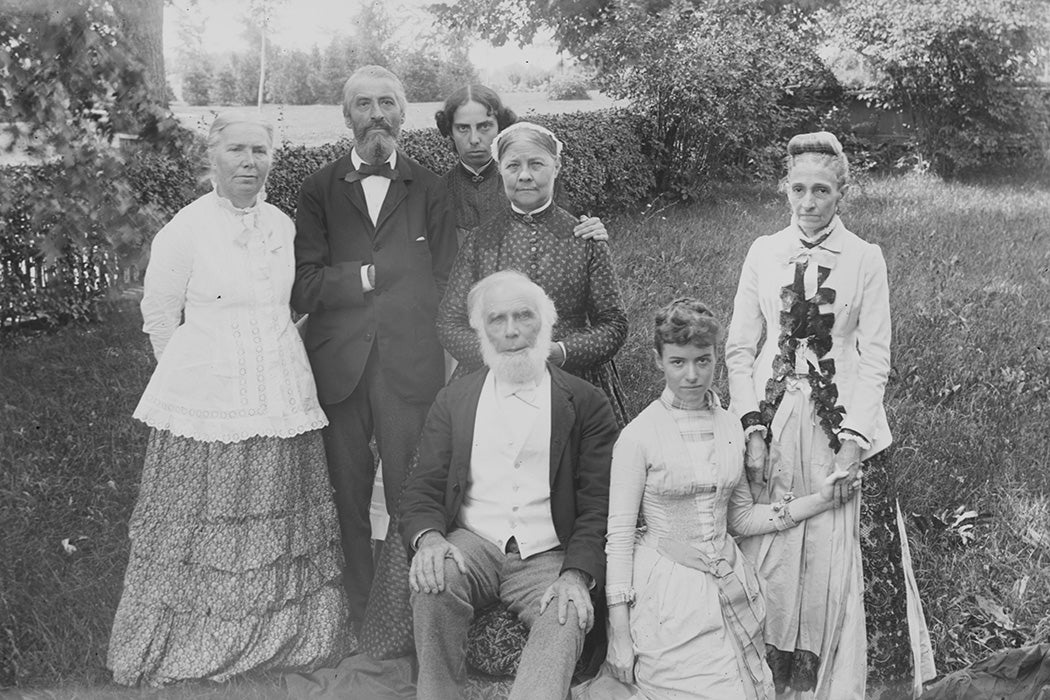One of the great joys of a special collection for the researcher is the serendipity: you don’t know what you will come across. While exploring the Abernethy Collection of American Literature, shared by Middlebury College in partnership with JSTOR, my eye caught a citation that read “Attestation of the Marriage of Henry Blackwell and Lucy Stone” by Thomas Wentworth Higginson. I recognized two of these three names—but what was this?
Dated 1859, it’s a one-page, double-sided autograph document by Higginson, who married Blackwell and Stone in May 1855. Four years after the marriage, he recalled in this attestation that the marriage was all above board, right down to the inclusion of “the proper accompaniments of a wedding, smiles, tears, breakfast, wedding cake & orange flowers.”
But this was no ordinary wedding.

Let’s take the author first. The name Thomas Wentworth Higginson (1823–1911) should ring bells among students of nineteenth-century American literature. Higginson was one of Emily Dickinson’s correspondents and something of a mentor to her, even if he was often baffled by her unique poetry. Among historians of abolition, Higginson is known as a direct-action militant. He was a member of the Boston Vigilance Committee and one of the men (later called the “Secret Six”) who funded John Brown’s ill-fated raid on Harper’s Ferry in 1859. During the Civil War, Higginson was the first commander of the 1st South Carolina Volunteers, the first regiment of formerly enslaved Black men in the US Army and the first to see combat. In his memoir, Higginson wrote “we, their [white] officers, did not go there to teach lessons, but to receive them. There were more than a hundred men in the ranks who had voluntarily met more dangers in their escape from slavery than any of my young captains had incurred in all their lives.”
Weekly Newsletter
As a Unitarian minister, Higginson could also, of course, marry people. The unconventional Lucy Stone and Henry Browne Blackwell evidently picked the right man for the job—for Higginson was also known as a women’s rights advocate. He didn’t seem to have had an issue with the resolute Lucy Stone or Henry Blackwell’s unusual if not unique agreement with her. The wedding became famous/infamous because the ceremony eschewed the traditional reference to “wifely obedience” and included a refusal to conform to marital custom and, indeed, law: Stone would not take her husband’s surname as her own.
A suffragist and abolitionist, Lucy Stone (1818–1893) was one of the first women from Massachusetts to earn a college degree. She had to go to Ohio’s Oberlin College to do it. She graduated in 1847, although the school wouldn’t allow her to pursue her interest in public speaking. She “declined the ‘honor’ of writing a commencement address that would be read by a man.” She was soon making abolitionist speeches, dangerous work in the face of violent pro-slavery forces, and earning more money doing so than the men who also worked for the American Anti-Slavery Society.
Lucy Stone’s refusal to take her husband’s name caused all sorts of problems over the years. Along with her sister-in-law Elizabeth Blackwell, who was the first woman in the US to earn a medical degree, Stone challenged the complications of patriarchal law in the courts. In 1879, for instance, Stone tried to vote in Massachusetts, where women’s suffrage was legal for school elections, but she was refused because she didn’t call herself Lucy Blackwell, the only name under which she could register to vote. Stone’s unconventionality continued after death: her body was the first to be cremated in New England.

When journalist Jane Grant, co-founder of the New Yorker with her husband Harold Ross and publisher Raoul Fleischmann, and theatrical agent Ruth Hale, who had passed on a trip to Europe when the State Department refused to grant her a passport under her own name as opposed to her husband’s, formed The Lucy Stone League in 1921 to advocate for women keeping their surnames in marriage, they picked a model namesake. “Lucy Stoners” became a term for women who wanted to keep their “maiden” family name in marriage. The term wasn’t always used with approval.
Higginson’s attestation was collected by Julian Willis Abernethy (1853–1923), a graduate and later Trustee of Middlebury College. Abernethy bequeathed his 5,000-volume library to his alma mater. He also gave the other materials that today make up the college’s Abernethy Collection of American Literature.
“Arguably the greatest strength of the original collection lies in books, pamphlets, and manuscripts related to the transcendentalist movement,” write the collection curators. “Ralph Waldo Emerson, Margaret Fuller, Bronson Alcott, Willian Ellery Channing, George Ripley, and Elizabeth Peabody are well represented. It was Henry David Thoreau, however, who Abernethy collected with a passion.”

Abernethy himself referred to his “unappeasable ambition” to collect Thoreauviana, or all things Thoreau. The material includes documents (school essays, journal extracts, drafts of his books, etc.), as one would expect, but it also includes realia. This wonderful term means the material objects of everyday life that don’t fit into the usual categories and cataloging.

There is, for instance, an arrowhead found by Thoreau on Edmund Hosmer’s farm in Concord. There are bricks from Thoreau’s birthplace and his Walden Pond cabin. There are five pencils made by the J. Thoreau & Sons pencil factory, the family enterprise started by Thoreau’s father. The pencils are tangible representations of the source of the family’s income as well as Henry’s mechanical ingenuity, for he improved the process of making them. Thoreau’s fascination with engineering is sometimes forgotten when Walden Pond is conjured up in the American imagination.

The collection also includes some of Henry’s sister Helen Thoreau’s antislavery scrapbooks, reminding us that the whole Thoreau family was committed to the great mid-nineteenth-century cause. Thoreau’s mother and sisters were active members of Concord’s Female Anti-Slavery Society, formed in 1837 when abolitionism was not popular, even in Massachusetts. The passage of the Fugitive Slave Law of 1850, which compelled authorities in the north to arrest those who had escaped slavery in the south as well as those who helped the self-emancipated, did much to activate a greater interest in abolitionism. It even radicalized some into breaking the law. Thoreau himself worked as a conductor on the many-routed Underground Railroad. This makes him part of the wider activist/reformist network, a network that connects him to Higginson, Stone, and a host of others across America. These connections can be traced across the digitized paper—and stone, graphite, etc.— trail of archives and collections like Abernethy’s, waiting for more serendipitous moments.







